Sound wave theory 03
Loudspeakers, sound waves, and the inner ear
- Video
- Script
Welcome to this tutorial on loudspeakers, sound waves and the inner ear.
A useful model for understanding how sound wave energy travels is to consider what happens when we listen to sound coming from a loudspeaker.
Caption - What does the loudspeaker do to the air?
First, let's look at what happens to the air surrounding a loudspeaker.
Caption - 1 Normal pressure
With no signal being sent to the loudspeaker, the surrounding air pressure remains at "normal atmospheric" pressure and no sound is created.
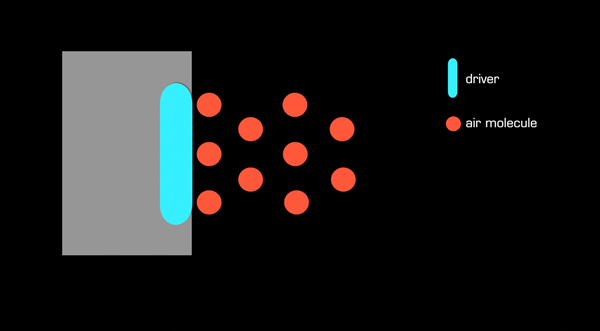
Caption - 2 Higher than normal pressure - compression
When a signal is sent, the loudspeaker first moves forward in response to a positive increase in voltage. The air molecules are compressed together and the air pressure rises.
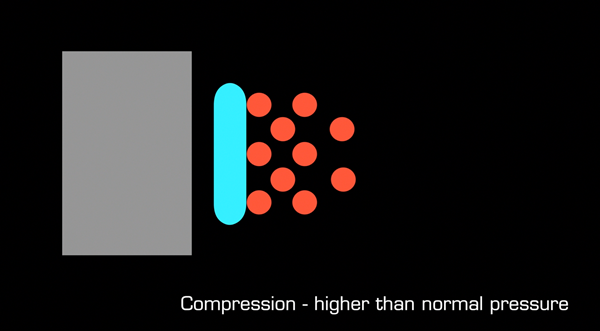
Caption - 3 Normal pressure
Next, the positive voltage returns to normal, the loudspeaker returns to its starting position and the air pressure returns to "normal atmospheric pressure".
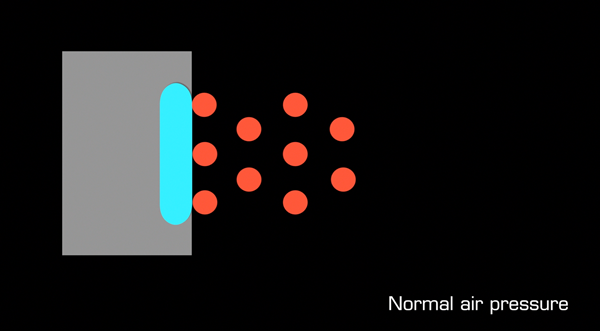
Caption - 4 Lower than normal pressure - rarefaction
Next, the voltage moves into the negative phase of its cycle, and the loudspeaker moves backwards. The air molecules spread out to fill the bigger space and the air pressure falls below "normal atmospheric pressure".

Caption - 3 Normal pressure
Finally, the voltage returns to normal, as does the position of the loudspeaker, and the air pressure, and the cycle of vibration is complete.
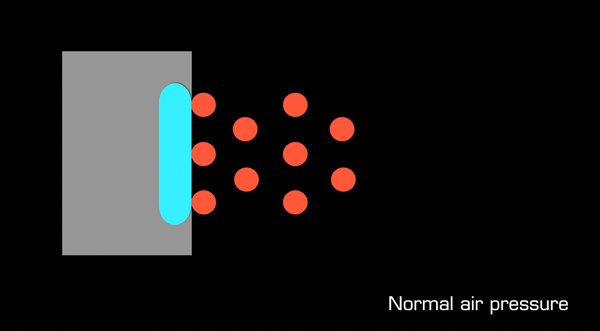
As these cycles continue, a wave of changing air pressure energy travels away from the loudspeaker.
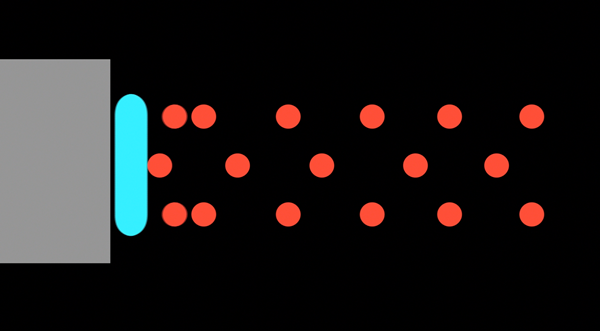
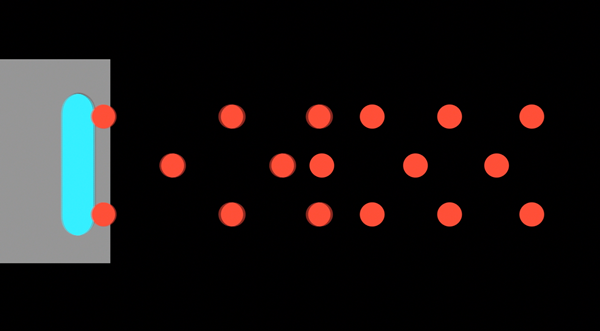
Caption - Human perception and the inner ear
Next, lets look at how the human ear responds to these changes in pressure.
When an air pressure soundwave reaches the ear it moves through a series of "chambers" before reaching the inner ear. Here it encounters a line of tiny hair receptors.

Put simply, these hairs are pushed one way by air pressure above normal atmospheric pressure (compression) and the opposite way by air pressure below normal atmospheric pressure (rarefaction).
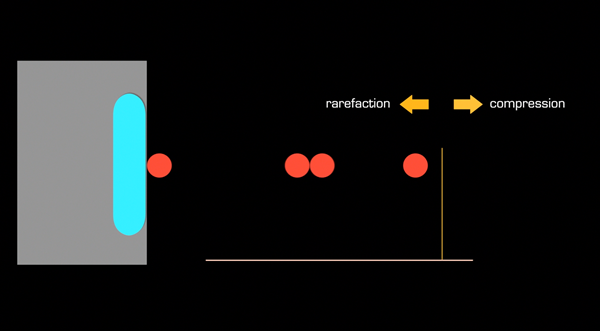
The movement of these hairs causes an "electrical" signal to be sent to the brain which we perceive as sound. When there is no pressure change the hairs remain upright and stationary, no signal is sent, and no sound is heard.

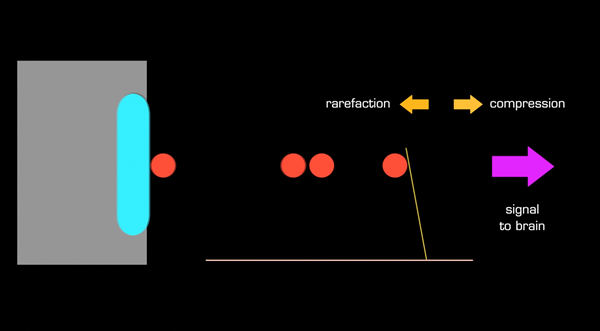
It is important to emphasise that sound is heard whenever the pressure is changing, not just when the pressure is higher than normal.
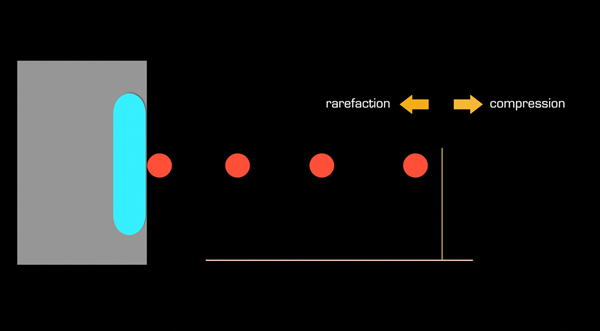
Caption - Thanks for watching
The script for this video, with accompanying images, can be found at projectstudiohandbook.com
We suggest you subscribe at our YouTube channel, and join our mailing list at our website to receive notification of new videos, blog posts and subscriber only extras.
Thanks for watching.